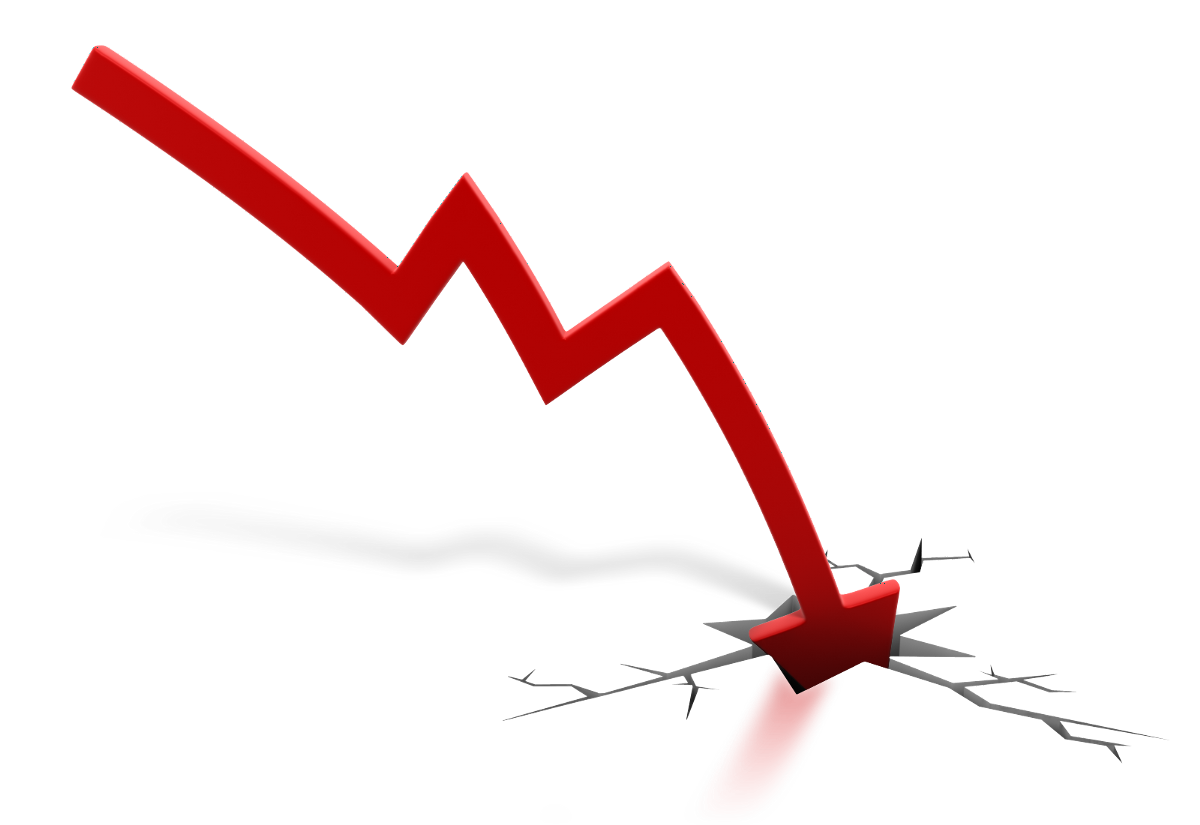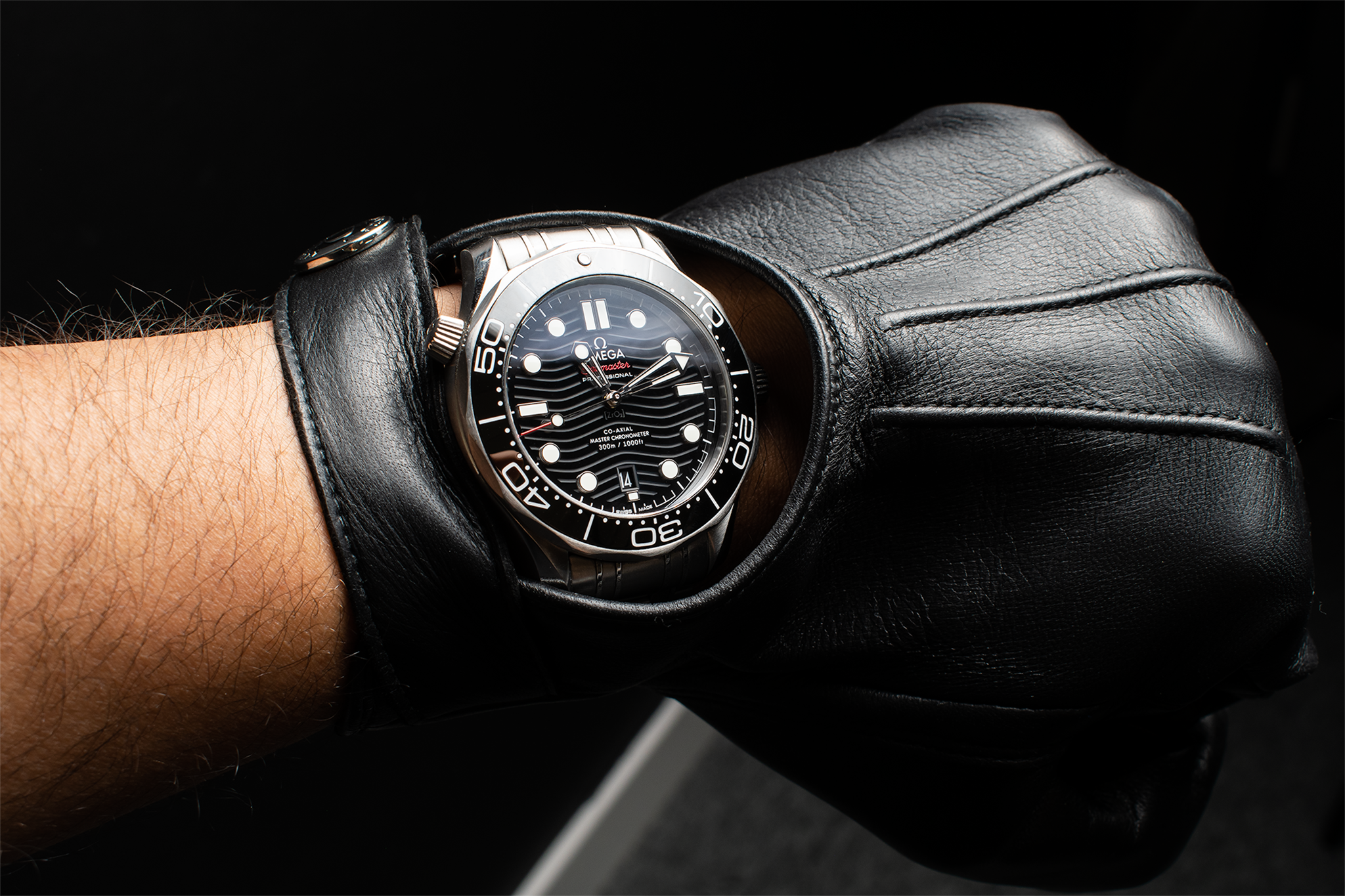
How good are luxury watches as a hedge against inflation? Insights into the current watch market
We saw the bubble burst, with the surge of unsustainable prices coming to an end, and being followed by a market downside for the past few months… but what does this mean for the luxury watch market and watches as in investment heading into a recession?

For many, traditional investments such as commodities, stocks and bonds have been ‘proven’ assets, generating a secure yield for investors. Luxury watches started to turn traditional heads during the COVID-19 Pandemic, with investors catching wind of a more informal investment vehicle, and this had caused an extraordinary surge in prices within the secondary watch market of anywhere between 30/300% ROI across all your “blue chip” brands such as Rolex, Patek Philippe, and Audemars Piguet.
Now with the world seemingly going into economic turmoil, with increasing inflation, supply-side shock, and rising interest rates and a fall in real wages, there is a clear negative sentiment globally as we come out of the pandemic.
So, how does this affect the watch market if at all, and are watches a hedge against inflation?
First let’s define what an “inflation hedge” is. A good hedge against inflation is an investment that holds its value against the decreased purchasing power of any currency that results from rising prices due to inflation.
Now we got that out of the way, are watches a good or bad hedge against it?
Luxury watches from renowned brands like Rolex, Patek Philippe and Audemars Piguet have historically been proven to increase in value over time, with comparable data showing that the returns are higher or equal to (depending on the brand) traditional stocks such as the S&P 500.

According to SUBDIAL50, which is a watch market index for the 50 most traded luxury watches in the market today, watches have also proven to be a better investable asset than gold, bitcoin and cars. This can be narrowed down to a few reasons.
- Watches have intrinsic value, especially from the bigger brands, because a lot of them are made from precious materials such as gold, platinum, steel, palladium and more. This ensures the watches will always be worth something even if the brand name and price demand fluctuates.
- Speaking of demand, luxury watches have a greater demand stability than most other investable assets. Although there is a rise of digital technology for timekeeping, and let’s face it, nothing is as accurate in timekeeping as your mobile phone, people buy the brand behind the watch, the craftmanship and art put into the making of the complication and movement. A brand like Rolex for example, represents a status and prestige that an Apple watch can never get you and therefore they are more likely to retain their value.
- Watches from “blue chip” brands are also highly liquid, meaning there is no commodity contracts and tedious paperwork such as in real estate, and you can liquidate your luxury watch very quickly in the secondary market.
These are some of many reasons for wanting to invest in this asset class. It’s a great way of maintaining or potentially growing your money.
But what about now? Are watches still a safe investment?
There is no such thing as a guaranteed yield and Return on Investment, however if we are to compare prices from two years ago to now for a stainless-steel Daytona, you are still between a 10-20% return.
However, there is somewhat of a catch. The watch market today has seen a lot of brands drop in value overall, with some values dropping between 20-30%. This implies that watches are also subject to outside economic forces and general consumer sentiment being negative.
We saw a phenomenon during the pandemic of people spending their money, and now with economic uncertainty this was bound to change! This demonstrates that no investment is fool-proof and as of right now, unless you purchased your luxury watch on the primary market or for quite cheap on the secondary market, they are not as much of an inflation hedge as perceived.
Saying this, luxury watches should be looked at more as a long-term investment but even more so an asset to be enjoyed for what they represent and contain. The return on investment in our opinion should always be looked at as a bonus!
With watches being much cheaper at the moment, it is a good time to buy to see a potential healthy return when the economy bounces back.







